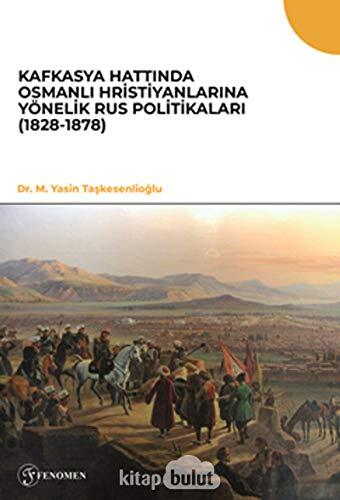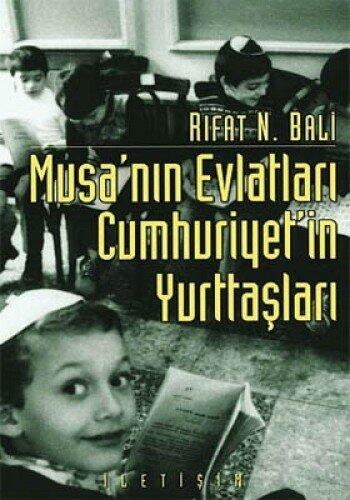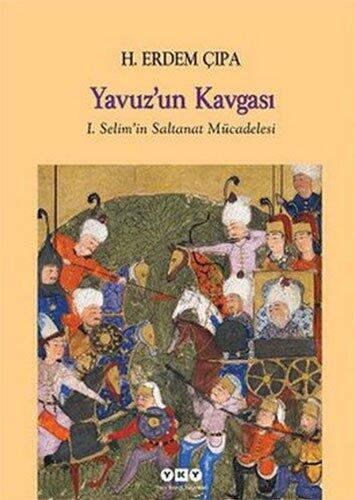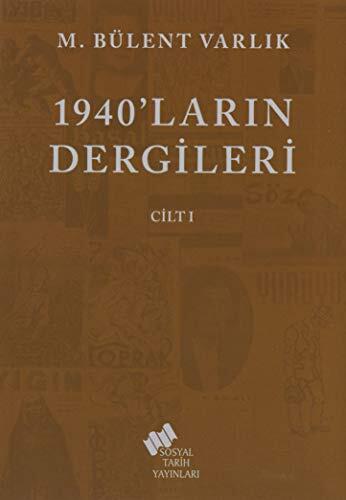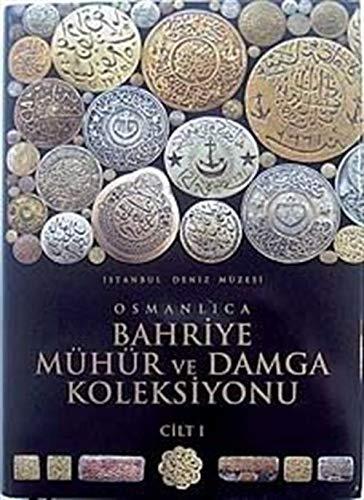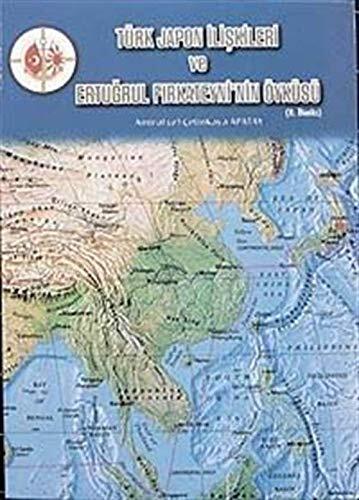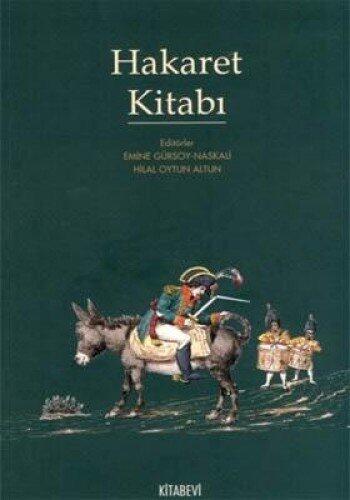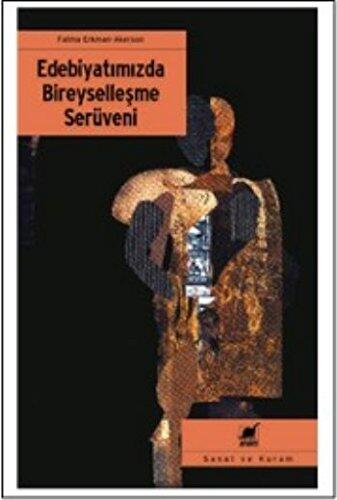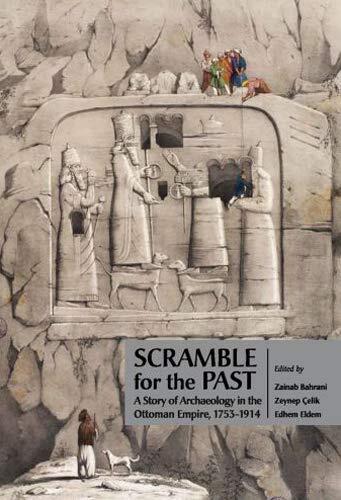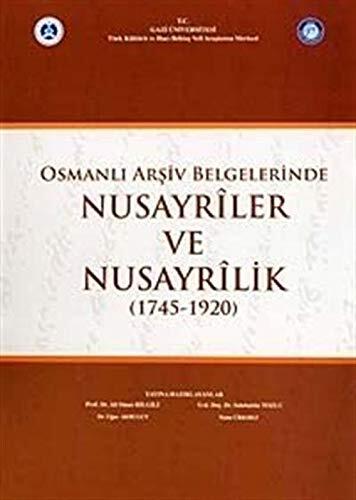
397 Numarali Haleb Livâsi Mufassal Tahrîr Defteri - I : Dizin ve Transkripsiyon; II: Tipkibasim
还没有评分
History
格式
平装书
页数
834
语言
土耳其语
已发布
Jan 1, 2010
出版商
T.C. Basbakanlik Devlet Arsivleri Genel Müdürlügü
ISBN-10
9751948118
ISBN-13
9789751948113
描述
This captivating work delves into the intricate historical and cultural tapestry of the Haleb region, meticulously compiling a wealth of information pertinent to its governance and administration. Through an engaging synthesis of research and traditional scholarship, the book presents a detailed transcription of vital records that showcase the socio-economic dynamics of the area. Readers will find themselves immersed in the rich narratives and descriptions that highlight the region's significance during its peak.
The meticulously organized index serves as a vital tool for scholars and enthusiasts alike, allowing for easy navigation through the extensive data presented. With its dual focus on transcription and typographic accuracy, the book stands as a crucial resource for anyone seeking to understand the nuances of Ottoman administrative practices. The portrayal of local customs, trade relations, and demographic details adds depth to the reader's understanding of Haleb's historical context.
Moreover, the publication emphasizes the balance between preserving original texts and enhancing accessibility through modern formats. This combination not only aids researchers in their scholarly pursuit but also enriches the broader conversation about the region's past. It serves as a bridge between the historical and contemporary, illustrating how the echoes of the past continue to resonate in today's discourse.
Overall, this work represents a significant contribution to the fields of history and cultural studies, inviting readers to explore the richness of Haleb's heritage through a lens that celebrates both its complexity and its continuity.
The meticulously organized index serves as a vital tool for scholars and enthusiasts alike, allowing for easy navigation through the extensive data presented. With its dual focus on transcription and typographic accuracy, the book stands as a crucial resource for anyone seeking to understand the nuances of Ottoman administrative practices. The portrayal of local customs, trade relations, and demographic details adds depth to the reader's understanding of Haleb's historical context.
Moreover, the publication emphasizes the balance between preserving original texts and enhancing accessibility through modern formats. This combination not only aids researchers in their scholarly pursuit but also enriches the broader conversation about the region's past. It serves as a bridge between the historical and contemporary, illustrating how the echoes of the past continue to resonate in today's discourse.
Overall, this work represents a significant contribution to the fields of history and cultural studies, inviting readers to explore the richness of Haleb's heritage through a lens that celebrates both its complexity and its continuity.


